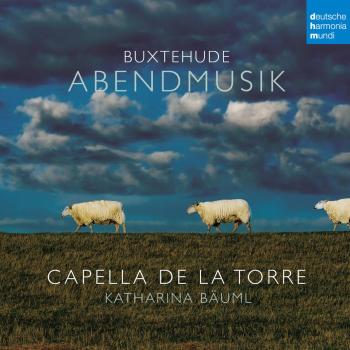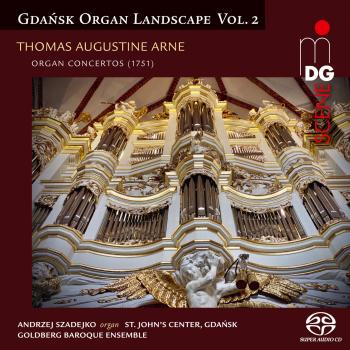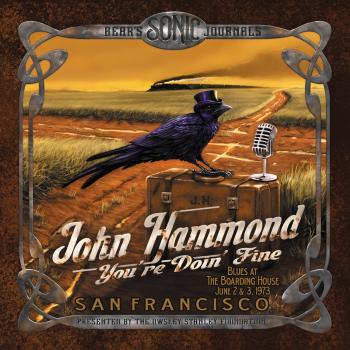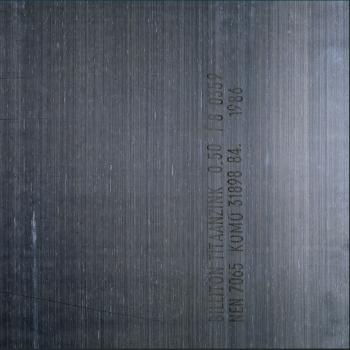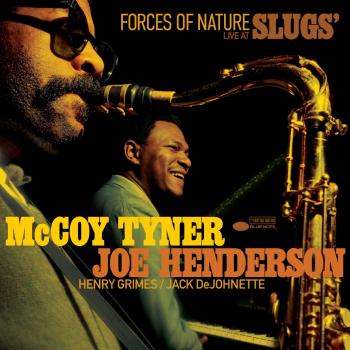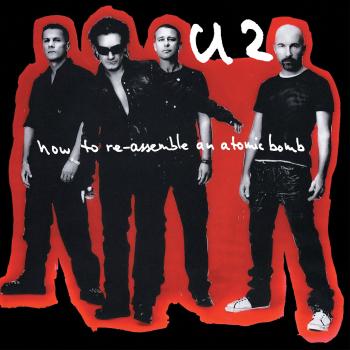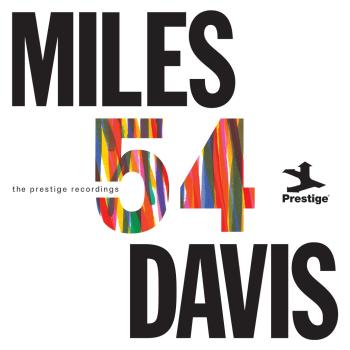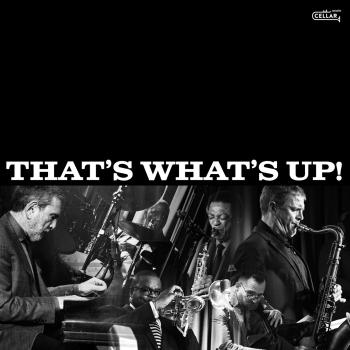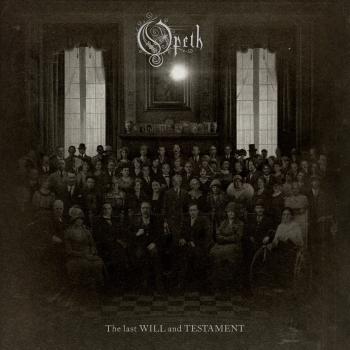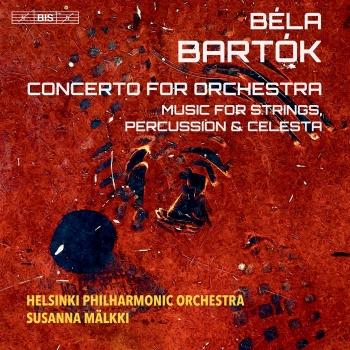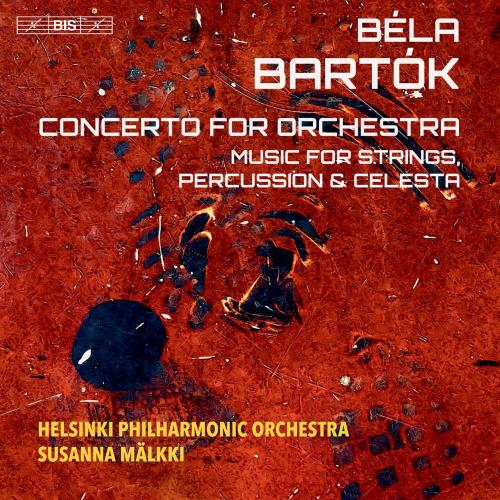
Bartók: Orchestral Works Helsinki Philharmonic Orchestra & Susanna Mälkki
Album info
Album-Release:
2021
HRA-Release:
01.10.2021
Label: BIS
Genre: Classical
Subgenre: Orchestral
Artist: Helsinki Philharmonic Orchestra & Susanna Mälkki
Composer: Bela Bartok (1881-1945)
Album including Album cover Booklet (PDF)
- Béla Bartók (1881 - 1945): Music for Strings, Percussion & Celesta, Sz. 106:
- 1 Bartók: Music for Strings, Percussion & Celesta, Sz. 106: I. Andante tranquillo 07:47
- 2 Bartók: Music for Strings, Percussion & Celesta, Sz. 106: II. Allegro 07:28
- 3 Bartók: Music for Strings, Percussion & Celesta, Sz. 106: III. Adagio 07:26
- 4 Bartók: Music for Strings, Percussion & Celesta, Sz. 106: IV. Allegro molto 07:05
- Concerto for Orchestra, Sz. 116:
- 5 Bartók: Concerto for Orchestra, Sz. 116: I. Introduzione 09:44
- 6 Bartók: Concerto for Orchestra, Sz. 116: II. Presentando le coppie 06:32
- 7 Bartók: Concerto for Orchestra, Sz. 116: III. Elegia 07:27
- 8 Bartók: Concerto for Orchestra, Sz. 116: IV. Intermezzo interrotto 04:21
- 9 Bartók: Concerto for Orchestra, Sz. 116: V. Finale 09:52
Info for Bartók: Orchestral Works
On two highly praised discs, Susanna Mälkki and her players in the Helsinki Philharmonic Orchestra have released recordings of Béla Bartók’s three scores for the stage – The Miraculous Mandarin, The Wooden Prince and Bluebeard’s Castle, all written before 1918. The team now takes on two of his late orchestral masterpieces. Composed in 1936 for the Basel Chamber Orchestra, Music for Strings, Percussion and Celesta is one of the purest examples of Bartók’s mature style, with its synthesis of folk music, classicism and modernism. One immediately striking feature is the unusual instrumentation: two string orchestras seated on opposite sides of the stage, with percussion and keyboard instruments in the middle and towards the back.
In 1940, during the Second World War, Bartók emigrated to the U.S.A., where he initially found it difficult to compose. In 1943 he received a prestigious commission from the Boston Symphony Orchestra, however, and in less than eight weeks he composed the Concerto for Orchestra. In it he worked with contrasts between different sections of the orchestra, and the soloistic treatment of these groupings was his reason for calling the work a concerto rather than a symphony.
Helsinki Philharmonic Orchestra
Susanna Mälkki, conductor
Susanna Mälkki
A conductor born and bred in Helsinki, Susanna Mälkki grew up to the accompaniment of the Helsinki Philharmonic Orchestra. In 2004 she received her first invitation to conduct the orchestra of which she would become Chief Conductor in autumn 2016. Her path to the conductor’s podium passed through the cello classes of the Sibelius Academy and the Edsberg Institute in Stockholm, however, and the position of principal cellist in the Gothenburg Symphony Orchestra. She made her conducting breakthrough in 1999, at the Helsinki Festival, and her first regular conducting appointment was as Artistic Director of the Stavanger Symphony Orchestra. Her Music Directorship of the celebrated Ensemble Intercontemporain (2006–2013) established her as a profound interpreter of music of the present day.
Susanna Mälkki has conducted the world’s finest orchestras. In season 2017-18 she made her debut at the Vienna State Opera season and took over as Principal Guest Conductor of the Los Angeles Philharmonic. Musical America voted her Conductor of the Year 2017.
The Helsinki Philharmonic Orchestra
the first professional symphony orchestra to be founded in the Nordic countries (1882), has been operating without a break for 135 years. It has grown from a band of 36 players to an orchestra of 102 regular members giving concerts attended by a total audience of an impressive 120,000 a year at the Helsinki Music Centre and abroad.
Between 1892 and 1923 the HPO gave the first performances of almost all the symphonic works by Jean Sibelius with the composer himself conducting. Currently led by Chief Conductor Susanna Mälkki, the orchestra continue to enthral audiences globally with tours taking them to Mexico City, Paris, Salzburg, Dortmund, Amsterdam, Vienna, Katowice and Warsaw in the last couple of years.
Works by Sibelius and Rautavaara have featured on the highly acclaimed discs made by the HPO. The disc of songs by Sibelius, featuring soprano Soile Isokoski and Leif Segerstam, was awarded the MIDEM Classical Award in Cannes, and Towards the Horizon, disc containing music by Einojuhani Rautavaara under the baton of John Storgårds won a Gramophone Award.
Booklet for Bartók: Orchestral Works

